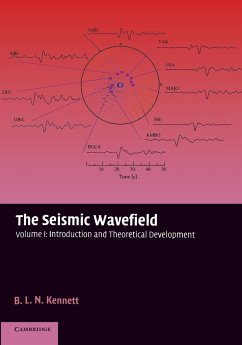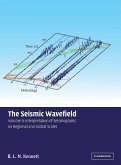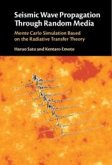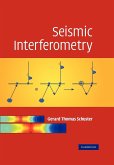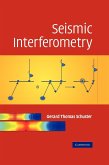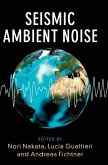The Seismic Wavefield provides a guide to the understanding of seismograms in terms of physical propagation processes within the Earth. The focus is on the observation of earthquakes and man-made sources on all scales, for both body waves and surface waves. Volume I begins with a survey of the structure of the Earth and the nature of seismic wave propagation using examples of observed seismograms. The second part provides a full development of the theoretical background for seismic waves. Volume II (to be published in 2003) will cover local and regional seismic events, global wave propagation, and the three-dimensional Earth. The combination of observation and theoretical development with a strong visual focus will greatly appeal to graduate students in seismology. The book will also be valuable to researchers and professionals in academia and the petroleum industry.
Table of contents:
Preface; 1. Introduction; Part I. Seismic Waves and the Structure of the Earth: 2. Earthquakes and earth structure; 3. Seismic waves; 4. Seismic sources; 5. Seismic phases; 6. Building a seismogram; Part II. Seismic Wave Propagation: General: 7. Stress and strain; 8. Seismic waves I - Plane waves; 9. Seismic waves II - Wavefronts and rays; 10. Rays in stratification; 11. Seismic sources; 12. Waves in stratification; 13. Reflection and transmission; 14. Building a response of a model; 15. Constructing the wavefield; 16. Body waves and surface waves; Appendix: table of notation; Bibliography; Index.
Guide to the understanding of seismograms in terms of physical propagation processes, focussing on observation of earthquakes and man-made sources, for both body waves and surface waves. Volume I provides a general theoretical introduction and will greatly appeal to graduate students, researchers and professionals in academia and the petroleum industry.
Guide to understanding of seismograms for graduate students, researchers, professionals in academia and the petroleum industry.
Hinweis: Dieser Artikel kann nur an eine deutsche Lieferadresse ausgeliefert werden.
Table of contents:
Preface; 1. Introduction; Part I. Seismic Waves and the Structure of the Earth: 2. Earthquakes and earth structure; 3. Seismic waves; 4. Seismic sources; 5. Seismic phases; 6. Building a seismogram; Part II. Seismic Wave Propagation: General: 7. Stress and strain; 8. Seismic waves I - Plane waves; 9. Seismic waves II - Wavefronts and rays; 10. Rays in stratification; 11. Seismic sources; 12. Waves in stratification; 13. Reflection and transmission; 14. Building a response of a model; 15. Constructing the wavefield; 16. Body waves and surface waves; Appendix: table of notation; Bibliography; Index.
Guide to the understanding of seismograms in terms of physical propagation processes, focussing on observation of earthquakes and man-made sources, for both body waves and surface waves. Volume I provides a general theoretical introduction and will greatly appeal to graduate students, researchers and professionals in academia and the petroleum industry.
Guide to understanding of seismograms for graduate students, researchers, professionals in academia and the petroleum industry.
Hinweis: Dieser Artikel kann nur an eine deutsche Lieferadresse ausgeliefert werden.

